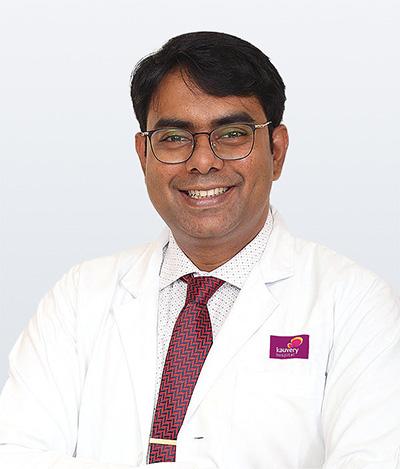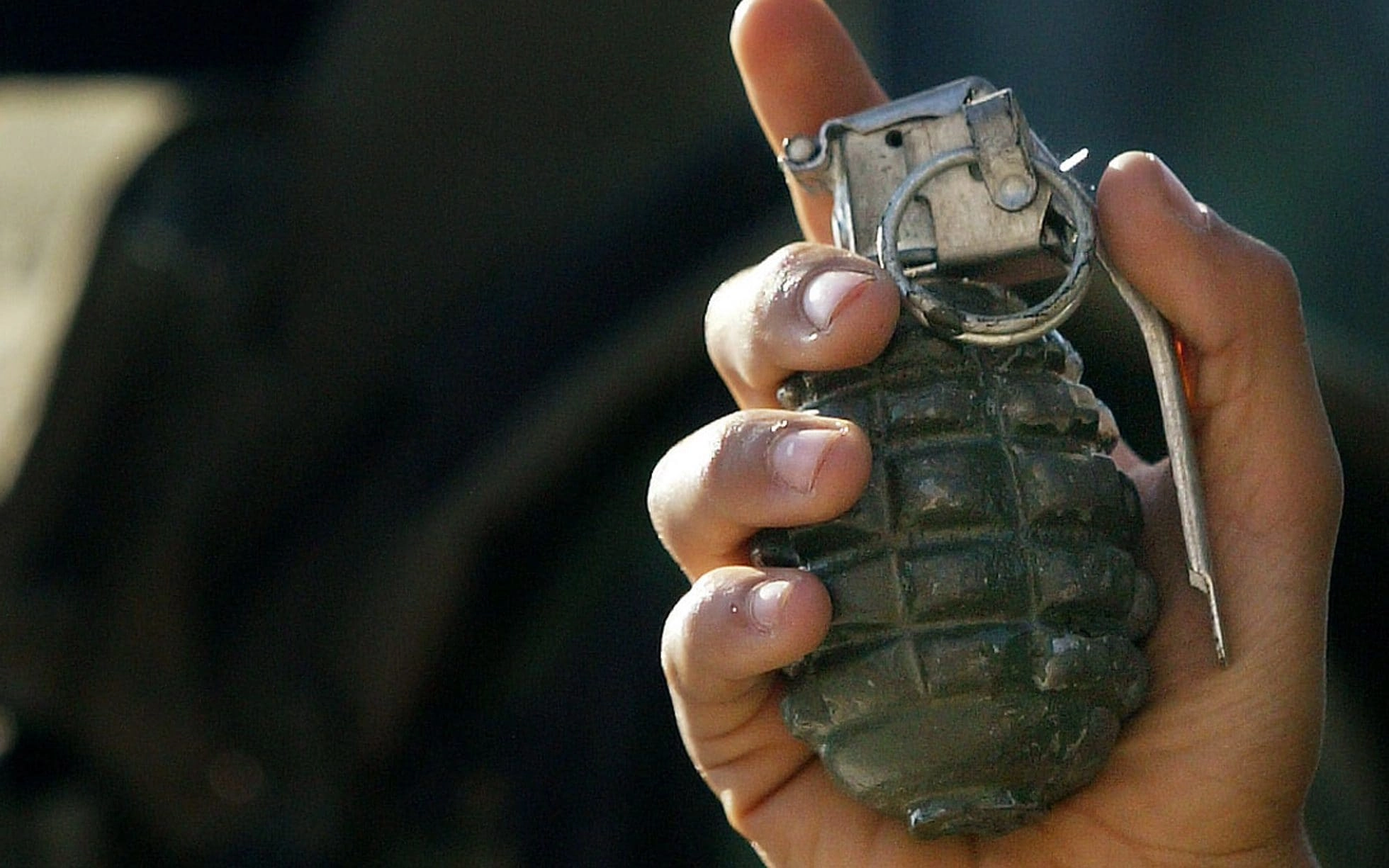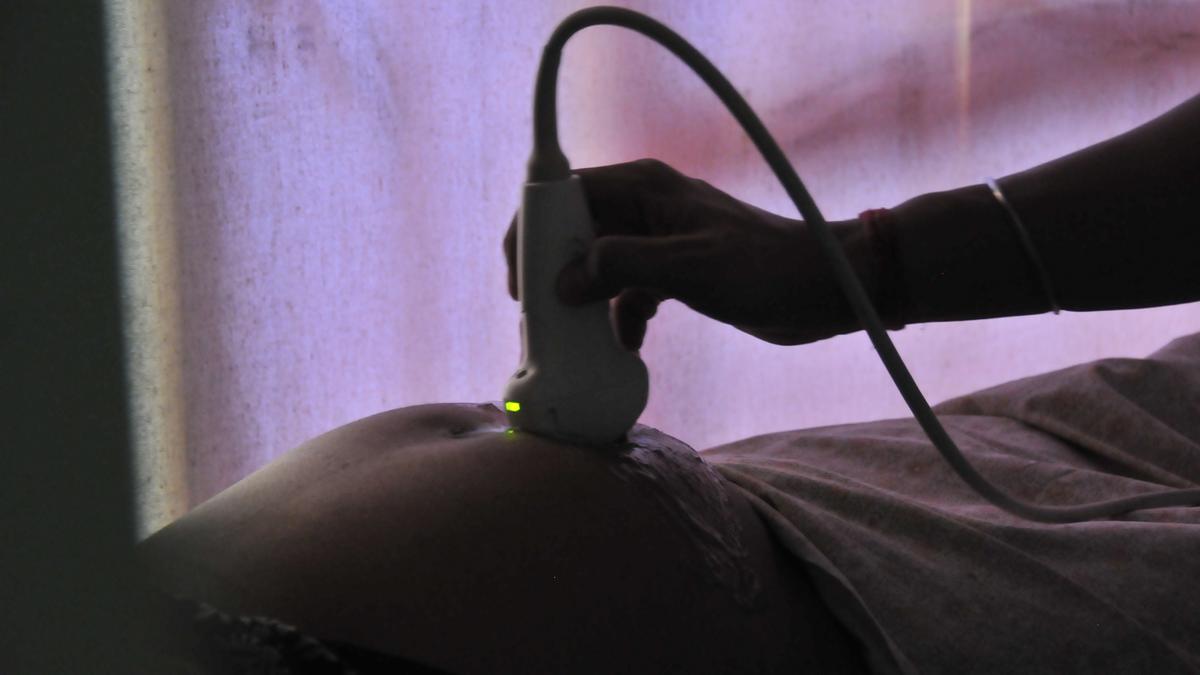A disc prolapse, commonly referred to as a herniated disc or slipped disc, is a condition that affects the spine, specifically the intervertebral discs. These discs act as cushions between the vertebrae (bones) in the spine. A prolapsed disc occurs when the soft, gel-like center of a disc (called the nucleus pulposus) pushes through a tear or weakness in the outer layer (the annulus fibrosus). This can cause the disc to bulge out of its normal position.
Age-related wear and tear: As people age, the discs lose water content, which makes them less flexible and more prone to damage.
Injury or trauma: A sudden injury, such as lifting something heavy incorrectly or a fall, can lead to a herniated disc.
Repetitive strain: Repeated activities or positions that put stress on the spine can cause gradual disc degeneration.
Genetics: Some people may have a predisposition to disc problems due to their genetic makeup.
Risk factors of Disc Prolapse:
Aging, Genetics, Smoking, Sedentary life style and obesity leading to weak core muscles that support the spine and conversely overexertion or sudden, intense physical activity without proper conditioning can also trigger a disc prolapse. Sports or activities that involve twisting, lifting, or repetitive motions (e.g., weightlifting, gymnastics, or high-impact sports) can increase the risk of disc injury and prolapse if proper technique and precautions aren’t followed.
When does the pressure inside the disc rise:
The pressure exerted on the intervertebral discs varies depending on your posture and body position. Standing distributes the body’s weight evenly across the vertebral discs, with the body’s core muscles helping to support the spine. Proper posture helps minimize pressure.
- Standing distributes the body’s weight evenly across the vertebral discs, with the body’s core muscles helping to support the spine. Proper posture helps minimize pressure typically around 100% of the baseline pressure (with standing considered as the reference position).
- When sitting, gravity pushes down on the spine, and the discs are more compressed, especially in positions like slouching or poor posture. In an upright sitting position with good posture, the increase in pressure is less significant but still higher (140-150%) than when standing.
- Bending forward increases the compressive force on the discs (200-300%), particularly in the lower back. This is because the spine is flexed, and the discs bear more load as they try to support the bending motion. Bending too far or frequently without proper posture can contribute to disc degeneration or herniation.
- Lifting heavy objects while bending forward can significantly increase the pressure on the intervertebral discs, sometimes reaching up to 400% or more of the pressure experienced when standing.
Increased pressure on the discs, especially during prolonged sitting, bending, or lifting, can accelerate disc degeneration over time. That’s why maintaining good posture, using ergonomic furniture, and avoiding prolonged sitting or improper lifting techniques are essential for spine health.
Symptoms: The symptoms depend on the location and extent of the prolapse:
Back pain or/and leg pain (sciatica): If the prolapsed disc presses on nerves that travel down the legs, it can cause pain, tingling, numbness, or weakness, often referred to as sciatica.
Neck pain or/and arm pain (cervicobrachial neuralgia): a condition characterized by pain radiating from the neck (cervical spine) down into the arm (brachial region). The term “neuralgia” refers to nerve pain, and “cervicobrachial” describes the areas affected: the neck and the arm.
Weakness or loss of reflexes: Nerve compression can lead to muscle weakness, making it difficult to perform certain movements or tasks.
Treatment: Treatment focuses on alleviating pain and addressing the underlying cause of nerve compression. Options include:
Conservative Treatment:
Physical Therapy: Exercises to strengthen the neck and shoulder muscles, improve posture, and relieve nerve compression.
Medications: Nonsteroidal anti-inflammatory drugs (NSAIDs) or oral corticosteroids to reduce inflammation and pain. Muscle relaxants or nerve pain medications (e.g., gabapentin) may also be used.
Heat or Cold Therapy: Applying heat or cold packs to the affected area to reduce inflammation and ease pain.
Rest and Posture Correction: Avoiding activities that exacerbate symptoms, and correcting posture during daily activities.
Epidural Steroid Injections: To reduce inflammation and provide pain relief if oral medications don’t help.
Nerve Block Injections: Directly targeting the nerves to reduce pain.
Surgical Treatment:
If conservative treatments fail or if there is severe nerve compression (such as from a herniated disc or bone spur), surgery may be considered. Procedures might include:
Discectomy: Removal of the herniated part of a disc.
Laminectomy: Removal of a small portion of the vertebra to relieve pressure on the nerve.
Spinal Fusion: Fusing two vertebrae together to stabilize the spine and prevent further nerve compression.
Revolution in Spine Surgery for Disc prolapse:
Discectomy options have evolved significantly, with traditional open surgery being replaced by minimally invasive techniques. Microdiscectomy, uses a small incision and specialized tools (retractors and surgical microscopes) to remove a herniated disc. It offers reduced recovery time compared to traditional open surgery. Tubular discectomy (key-hole surgery) uses a narrow tube to access the disc, causing less muscle disruption and offering quicker recovery than microdiscectomy. Uniportal endoscopic discectomy involves a single small incisions with an endoscope for precise visualization, minimizing tissue damage. Biportal endoscopic discectomy uses two small incisions for access, providing better visualization and more flexibility in complex cases. Both endoscopic approaches allow for quicker recovery, minimal scarring, and better surgical precision than traditional methods. Microdiscectomy, uses small incisions and specialized instruments, reducing muscle disruption, pain, and recovery time. This innovation has revolutionized day care, enabling patients to undergo the procedure and return home the same day.
Recovery after Endoscopic discectomy:
Recovery after endoscopic discectomy (pin-hole surgery) is typically quick due to its minimally invasive nature. Most patients experience mild discomfort and can walk within hours, often being discharged the same day or the next. In the first 1-2 weeks, light activities are encouraged, with complete pain relief from the herniated disc occurring within days. By 2-4 weeks, patients can resume light work and daily activities. Physical therapy may start around this time to strengthen the back. Full recovery, including return to sports and strenuous activities, generally occurs within 3 months.
 Dr. Dilip Chand Raja .S , Senior Consultant – Bone, Joint & Spine Surgery
Dr. Dilip Chand Raja .S , Senior Consultant – Bone, Joint & Spine Surgery
Dr. Dilip Chand Raja .S is a highly experienced Senior Consultant in Bone, Joint & Spine Surgery at Kauvery Hospital Vadapalani, Chennai. With over 15 years in the field, he specializes in orthopedic trauma, joint replacement, and spine surgery. Dr. Raja is one of the few surgeons in India with an accredited spine fellowship (FNB-Spine surgery) and advanced training from Switzerland and Germany. He has successfully performed over 3,000 surgeries and is known for his expertise in minimally invasive spine surgery, scoliosis correction, and treating complex spinal issues. Dr. Raja is also committed to raising awareness of spinal health, particularly among older adults, and helps improve their quality of life through treatments like vertebroplasty and kyphoplasty.
Kauvery Hospital Vadapalani is a leading healthcare provider offering top-notch medical services, particularly in orthopedics and spine surgery. The hospital is known for its advanced technology, skilled specialists, and patient-focused care, ensuring every patient receives personalized treatment for faster recovery and better outcomes.
Disclaimer:
This content is sponsored and does not reflect the views or opinions of IE Online Media Services Pvt Ltd. No journalist is involved in creating sponsored material and it does not imply any endorsement whatsoever by the editorial team. IE Online Media Services takes no responsibility for the content that appears in sponsored articles and the consequences thereof, directly, indirectly or in any manner. Viewer discretion is advised.




Leave a Comment